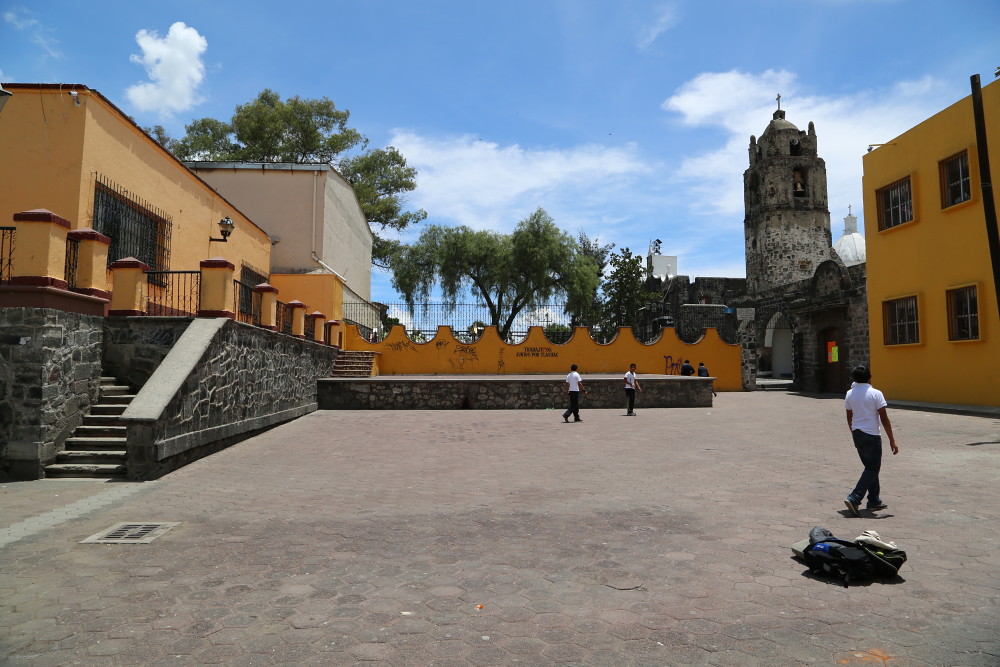
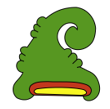
The Andrés Quintana Roo Mixquic Museum opened in 1992. It began with an archaeological collection donated by Socorro Bernal Roque, a local woman who dedicated her life to historical research. With 279 archaeological artifacts found in the area, many are surprisingly of wood and clay. Many are also figurative. These are principally of the Toltec and Teotihuacán cultures. Don’t get the idea that this is some small regional museum. The collection is outstanding. A striking Chac-mool, clay and stone stamps, a cylindrical snake, and a pre-Hispanic calendar are just some of the collection you can see. The same building houses a public library and cybercenter. All of them are free and open to the public.
The museum is named for the 19th century liberal politician: Andrés Quintana Roo. He was a lawyer, author, and husband to the famous freedom fighter, Leona Vicario. Both played prominent roles before and after the war for Mexican independence.
Of course, the other Andrés is San Andrés Mixquic. One of Tlahuac’s seven original settlements, the town began in the 11th century on a small island in Lake Chalco. Most of the museum collection therefore predates the civilization of Mixquic.
Today, the community is best known for some of the most extensive Day of the Dead celebrations. These go on from 31 October to 2 November. Festivities spill out of the community graveyard and often occupy much of the town. The result is that some of the best artifacts and materials from these celebrations end up in the Andrés Quintana Roo Mixquic Museum.
Hours: Tuesday through Sunday: 10 a.m. to 6 p.m.
 +52 (55) 2594 6800
+52 (55) 2594 6800
 http://www.tlahuac.cdmx.gob.mx/museo-andres-quintana-roo/
http://www.tlahuac.cdmx.gob.mx/museo-andres-quintana-roo/
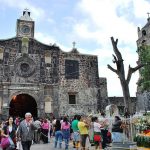
Nearest at 0.06 kms.

Nearest at 0.39 kms.
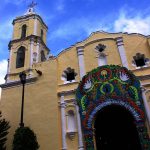
Nearest at 1.16 kms.
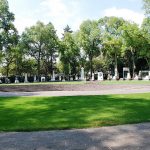
A final resting place for some of Mexico's most important people . . .
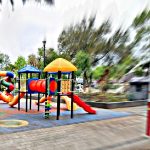
A park that comes alive with colorful animals in Tláhuac . . .
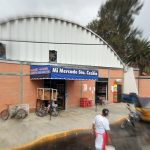
One of Tláhuac's great traditional neighborhood markets . . .
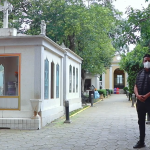
One of the most haunted places in the Center of Tlalpan . . .
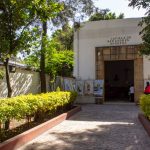
One of Azcapotzalco's nearly lost original settlements . . .